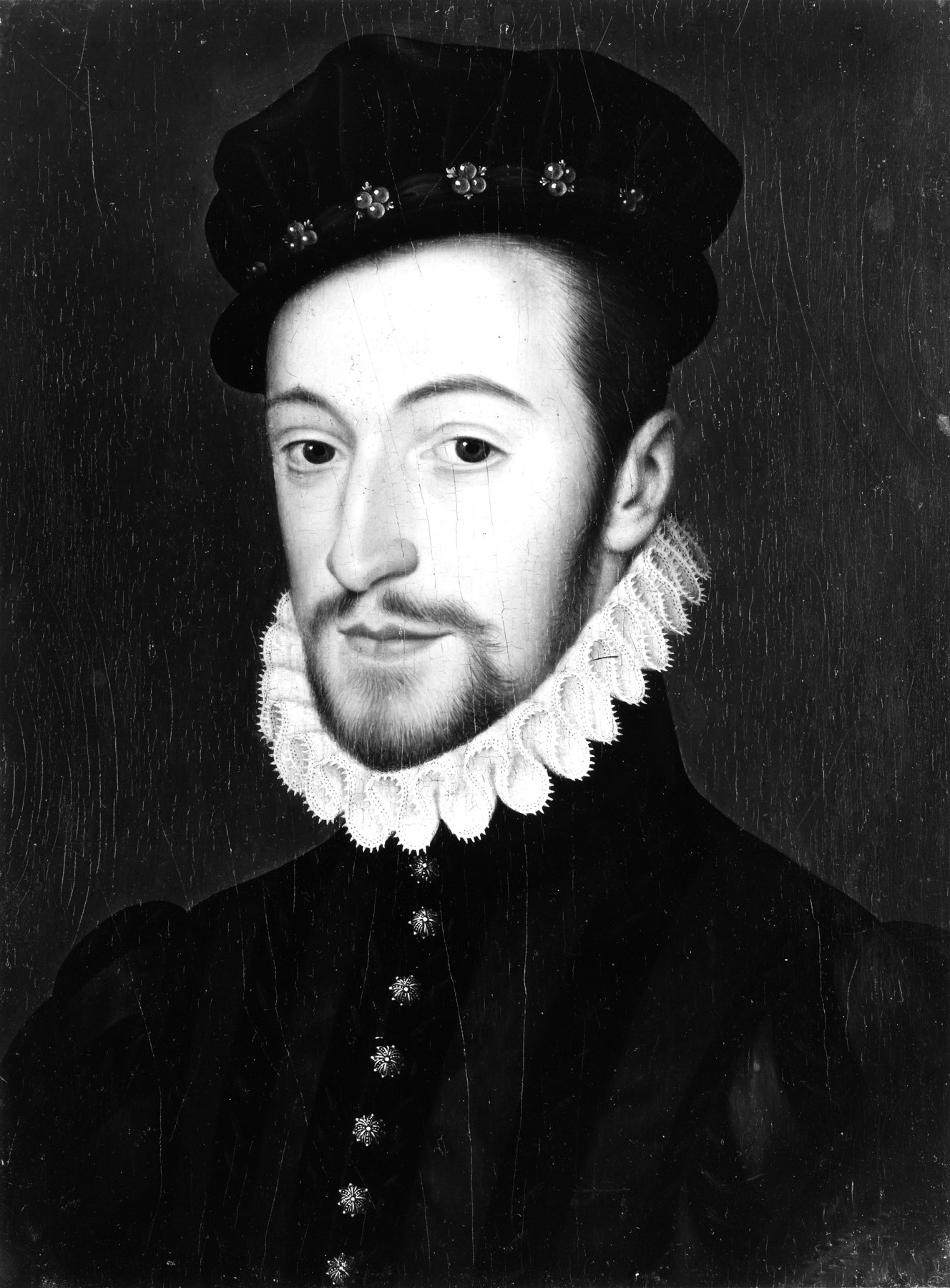Portrait of a Courtier
(Renaissance Europe )
Small, carefully drawn portraits of members of the French nobility were a specialty of Clouet and his workshop. Details of clothing are carefully noted, but the emphassis is on the face which is almost always shown in three-quarter view, a perspective that allows for both facial expression and a sense of the shape of the nose. If the sitter is looking at the viewer (as he does here), you have the impression that the sitter has just turned toward you and is giving you his/her full attention. At this small scale, such portraits could be easily sent to relatives.
Provenance
Provenance (from the French provenir, 'to come from/forth') is the chronology of the ownership, custody, or location of a historical object. Learn more about provenance at the Walters.
Henry Walters, Baltimore, prior to 1909 [mode of acquisition unknown]; Walters Art Museum, 1931, by bequest.
Exhibitions
| 1999-2000 | Vive la France! French Treasures from the Middle Ages to Monet. The Walters Art Gallery, Baltimore. |
Conservation
| Date | Description | Narrative |
|---|---|---|
| 11/1/1944 | Treatment | cleaned; coated; examined for condition; filled; inpainted; lined; reconstructed; varnish removed or reduced |
| 9/1/1999 | Treatment | coated; inpainted; varnish removed or reduced |
Geographies
France (Place of Origin)
Measurements
H: 12 3/8 x W: 9 1/4 in. (31.5 x 23.5 cm)
Credit Line
Acquired by Henry Walters, before 1909
Location in Museum
Accession Number
In libraries, galleries, museums, and archives, an accession number is a unique identifier assigned to each object in the collection.
In libraries, galleries, museums, and archives, an accession number is a unique identifier assigned to each object in the collection.
37.380


